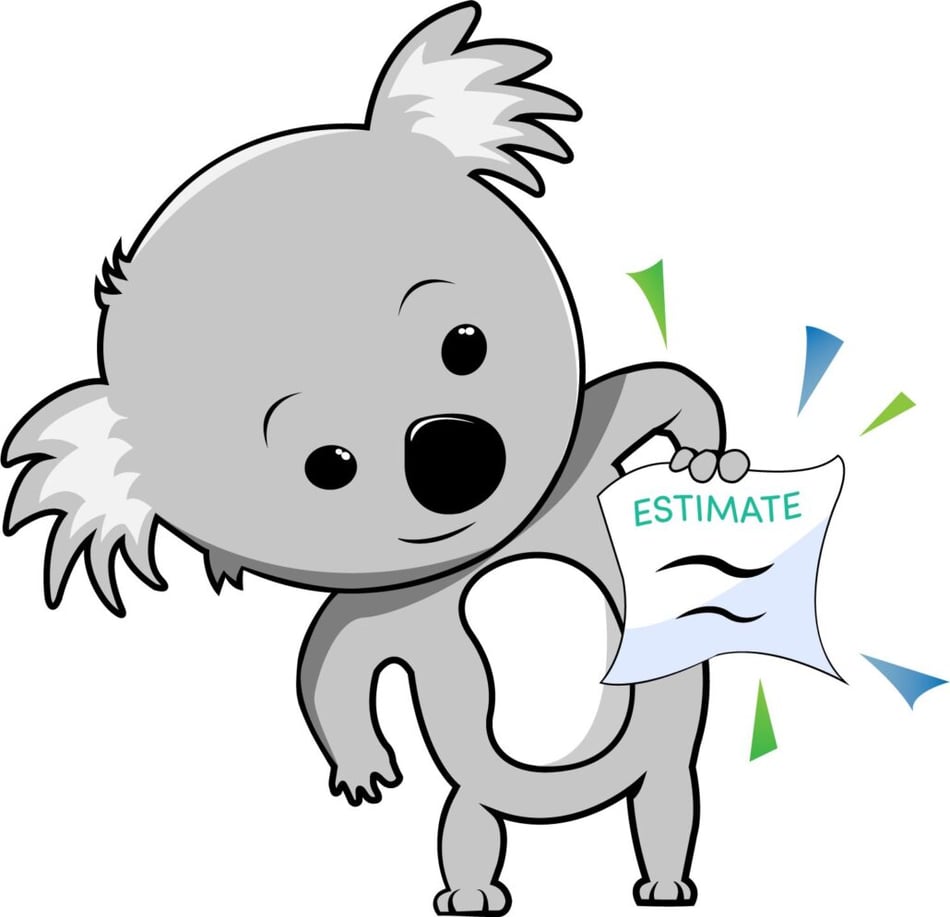The Science Behind Blown-In Insulation

(856) 389-0075 or visit Koala Insulation of Delaware Valley
When it comes to making your home more energy-efficient, few insulation methods are as effective and versatile as blown-in insulation. Whether you’re dealing with an older home that needs an upgrade or you’re looking for a seamless way to enhance thermal performance, blown-in insulation offers a practical solution backed by science. At Koala Insulation of Delaware Valley, we specialize in helping homeowners across the region take advantage of this powerful insulation method to reduce energy waste and improve comfort year-round.
What Is Blown-In Insulation?
Blown-in insulation, also known as loose-fill insulation, consists of small particles of insulating material that are “blown” into cavities, attics, and wall spaces using specialized equipment. The materials used typically include:
- Cellulose (often made from recycled paper)
- Fiberglass
- Mineral wool (rock wool)
Each of these materials has unique properties, but they all serve the same purpose: to trap air and slow the transfer of heat. The ability to fill irregular spaces and gaps makes blown-in insulation particularly effective for enhancing your home’s energy envelope.
How Blown-In Insulation Works: The Science
The primary science behind insulation—blown-in or otherwise—revolves around thermal resistance, measured by R-value. The higher the R-value, the better the material resists the flow of heat.
Blown-in insulation works by:
- Creating air pockets between fibers or particles, which reduce heat transfer by convection.
- Providing a tight seal in difficult-to-reach areas like attic corners, wall cavities, or around wiring and plumbing.
- Reducing thermal bridging, which occurs when heat escapes through less insulated parts of the structure.
Because it can be installed densely and uniformly, blown-in insulation significantly reduces air infiltration—one of the leading causes of energy loss in homes.
Advantages of Blown-In Insulation
1. Superior Coverage
Blown-in insulation fills gaps, crevices, and voids more effectively than batt insulation. It’s ideal for retrofitting older homes with irregular framing or existing insulation.
2. Energy Efficiency
Homes with blown-in insulation see a noticeable reduction in heating and cooling costs. By minimizing air leakage, this method helps maintain a consistent indoor temperature.
3. Quick Installation
Professionals can often complete the installation in just a few hours using a blowing machine. It’s a clean, fast process with minimal disruption.
4. Eco-Friendly Materials
Cellulose, a popular blown-in material, is typically composed of 80–85% recycled paper, making it one of the most environmentally friendly insulation options.
5. Sound Dampening
The dense nature of blown-in insulation helps block external noise, creating a quieter indoor environment.
6. Fire Resistance
Many blown-in insulation materials are treated with fire-retardant chemicals, adding an extra layer of safety to your home.
Where Is Blown-In Insulation Used?
Blown-in insulation is commonly used in:
- Attics: It can be evenly distributed to create a thick, insulating layer across the attic floor.
- Wall Cavities: Ideal for retrofit projects, especially when access to inside walls is limited.
- Crawl Spaces: Helps insulate under flooring and reduces drafts.
Cellulose vs. Fiberglass: Which One Is Better?
Both cellulose and fiberglass blown-in insulation have their strengths:
| Feature | Cellulose | Fiberglass |
|---|---|---|
| Material | Recycled paper | Spun glass fibers |
| R-Value (per inch) | ~3.2–3.8 | ~2.2–2.7 |
| Eco-Friendliness | Very high | Moderate |
| Moisture Resistance | Moderate (can retain moisture) | High |
| Fire Resistance | Treated for resistance | Naturally non-combustible |
| Settling Over Time | Can settle, reducing effectiveness | Less prone to settling |
Choosing the right type depends on your home’s design, your climate, and budget. Koala Insulation of Delaware Valley can evaluate your property and recommend the best option for your needs.
Blown-In Insulation and Air Sealing: A Powerful Combo
Blown-in insulation works best when paired with air sealing, which involves closing leaks in your home’s building envelope. Even the best insulation can’t perform efficiently if air is freely moving in and out of your home. Koala Insulation of Delaware Valley provides comprehensive energy evaluations to ensure your home gets both insulation and air sealing for maximum comfort and efficiency.
Professional Installation Matters
While DIY kits for blown-in insulation exist, proper installation requires experience and equipment to achieve the correct density and coverage. Improper installation can lead to:
- Uneven coverage
- Gaps and cold spots
- Moisture buildup
- Lower energy performance
Working with a professional insulation company ensures the job is done right the first time. At Koala Insulation of Delaware Valley, our trained technicians use precision equipment to deliver optimal results safely and efficiently.
Ready to Upgrade Your Home’s Insulation?
If you’re looking to make your home more energy-efficient, comfortable, and eco-conscious, blown-in insulation is a great place to start. Whether you’re upgrading your attic or retrofitting old walls, our team can walk you through every step of the process.
Call us at (856) 389-0075 or visit Koala Insulation of Delaware Valley to schedule a free estimate today!
Find Your Location


Get a quote



